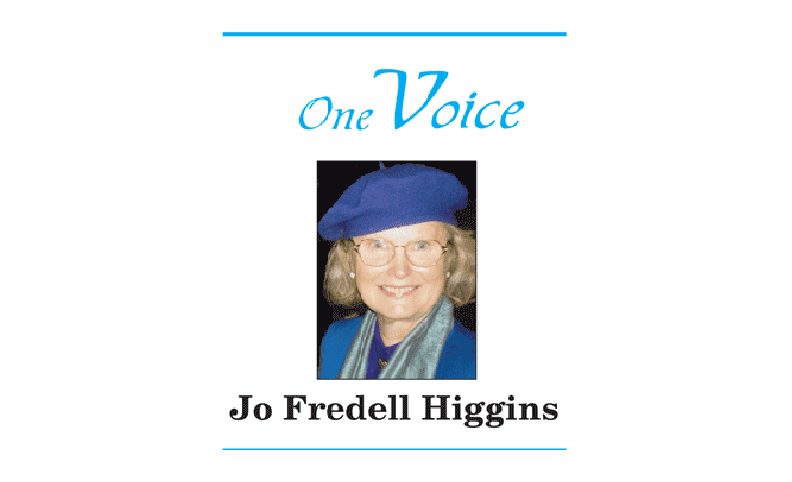
The Eola Road Branch Library in Aurora holds a “Friday Freebies” cart upon which are books, paperbacks, records, movies, CDs are free of charge. Anyone can take what is pleasing and leave other items. On one Friday I found the book “The Everything Christmas Book” written by Michelle Bevilacqua in 1994. It is 465 pages of all things Christmas and extremely interesting. Here in late December are some thoughts about the season to bring joy to your smile.
Pieces: In 1843 A Christmas Carol in Prose, as the full title originally read, was published. Charles Dickens’ timeless story of repentance and hope would be a classic message to generations of readers. The 6,000-copy first printing sold out in a single day.
Bits: Hans Christian Andersen wrote “The Little Match Girl” with a perspective from the poverty from which he had come. The heroine shows how faith makes it possible to transcend the hardships of every-day life. “She lighted another match and then she found herself sitting under a beautiful Christmas tree. …The little one stretched out her hand towards them, and the match went out.” Breathtaking and beautiful story.
Pieces: Popular with wealthy Americans around the end of the 19th Century were combination tree-stands and music boxes. These rotated the tree and played soothing music. The tree in Rockefeller Center has been a tradition since 1933. A tree near The White House in Sherman Square has been known as “The National Living Christmas Tree” and is lighted each year by a member of the First Family.
Bits: In 1931 roughly 5,000 unemployed men ate a free Christmas dinner of turkey and mulligan stew at one location in Manhattan. An unspecified number of men took part in a Christmas dinner for “the city’s hoboes” at the Hobo College on East Fourth Street. Nationwide, six million individuals, or eight percent of the adult population of the country were looking for work.
Pieces: In England the Kissing Bough was comprised of mistletoe, holly, ivy, and other evergreens. Shaped in a double hoop with streamers flowing from the top, the kissing bough was decorated with apples, pears, ribbon, and lighted candles. Anyone found under the bough was to be kissed forthwith.
Bits: The earliest Christmas tree ornaments were fruits and nuts, flowers and paper decorations. The first commercial ornaments were hollow, brightly colored containers that held good things to eat. When the goodies got too heavy for the tree, German glassblowers began manufacturing the first glass ornaments.
Pieces: A Christmas budget showed these prices in the 1940s. A rayon ladies’ robe was $6.98. A vacuum cleaner sold for $49.90. An electric iron cost $2.49. Roller skates were $9.95 and an electric coffee maker was $6.98. The Tiddlywinks game was 39¢. An ad for the Schick Shaver told consumers that “Swell for service men, soldier, sailors, or marines because they can be plugged in at camp or on a boat and work!”
Bits: From the Providence Journal December 24, 1947: “But here it is, the enchanted world you looked out on as a kid, white, mystic, beautiful, through which a jovial creature half fat man, half spirit came riding, a transformed world in which anything could happen. All you had to do was believe hard enough that it could. Listen! Sleigh bells? Do you suppose there is such a spirit after all?”

